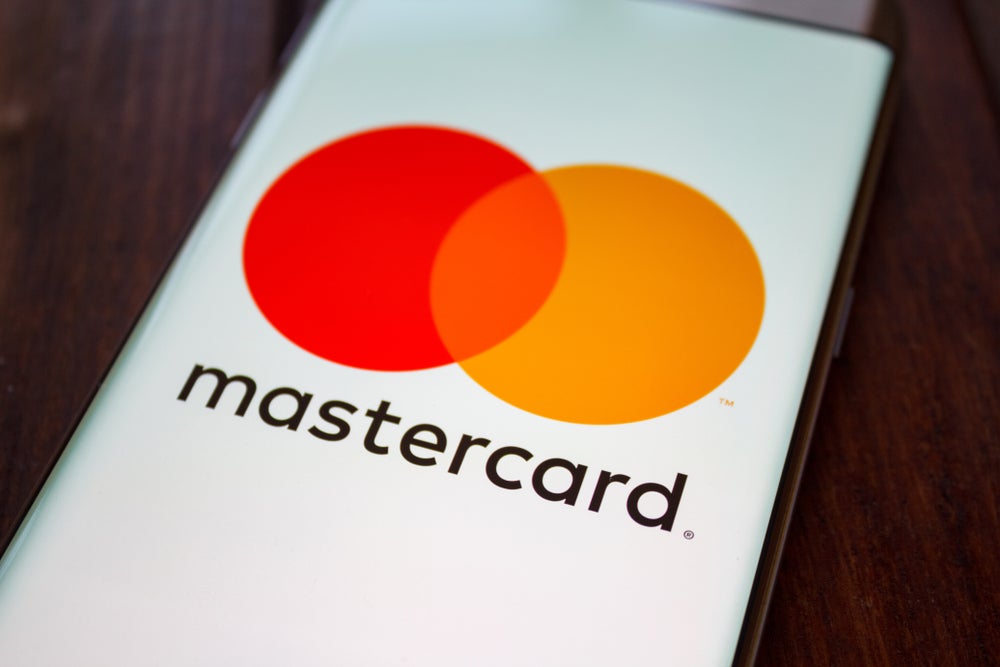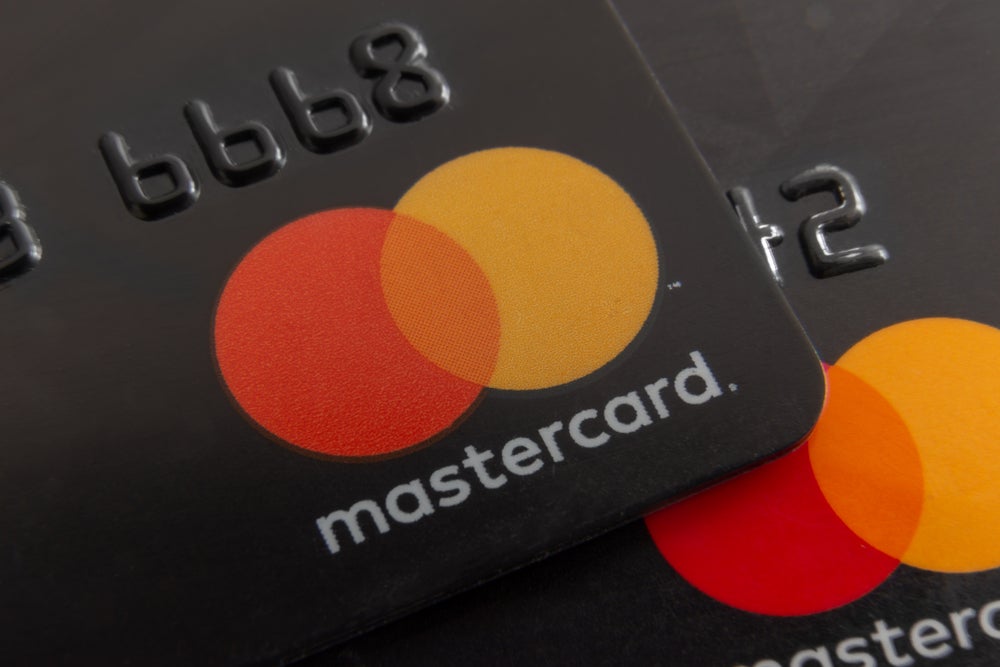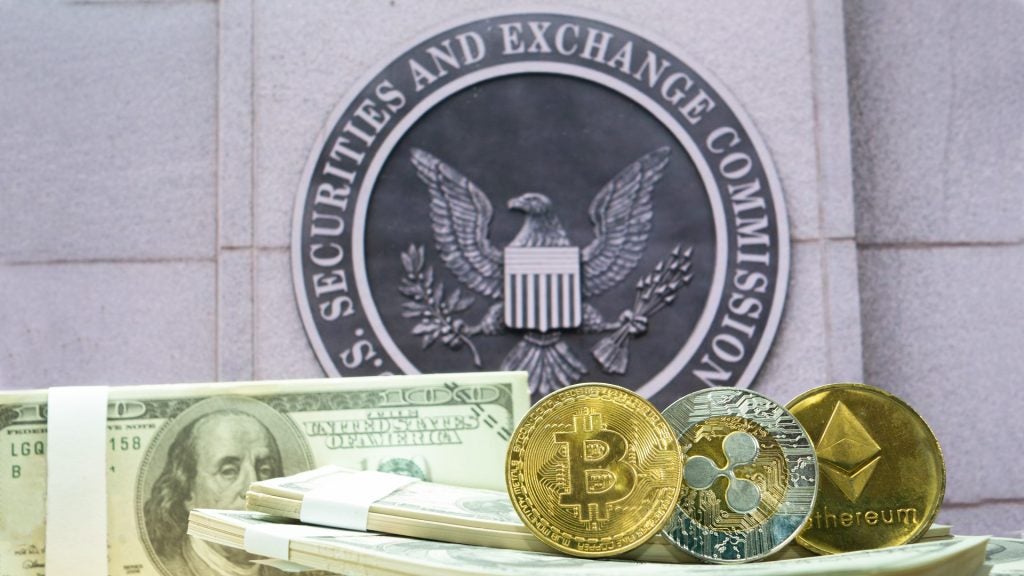After spending millions in cash and man hours on EMV
migration, and with millions of cards already in circulation and
hundreds of countries in transition to EMV globally, are payment
players any better off? And has it fulfilled its main objective of
cutting down on fraud? John Hill and Victoria Conroy report.
Countries across the world are phasing out old card technologies to
replace them with EMV standards, and there are diverse business
cases, mandates, triggers, and some say, spin, driving the change.
There is a huge industry backing the phasing-in of EMV which, while
it may cost banks a lot to set up initially, will in turn hopefully
save them a lot more in the ever-escalating fight against fraud, as
well as providing a technological platform from which to launch
future products and value-added services.
When the idea of EMV was floated in the UK,
which could be seen as the initial pilot market, it was hailed as a
safer way to pay, and the loftier claim, ‘the biggest change to
payment since decimalisation’, was also heard. This it may be,
given the alacrity with which people all over the world are taking
it on.
However, the assertion that EMV technology was
the answer to fraud may be greatly exaggerated, as although it has
certainly reduced instances of certain types of card fraud, such as
counterfeiting of cards, it has driven fraudsters to switch their
attentions to areas where EMV offers no defence, such as
card-not-present transactions on the internet or telephone or where
cards are skimmed and PINs captured at ATMs.
The fraud reduction would have been much
greater had all cards, including domestic debit, and POS and ATM
acceptance been migrated to EMV only within a short period of time.
Overall this also needs to be seen in the context of what EMV is
actually capable of – it is not a stand-alone solution to card
fraud, but one component in a range of technologies across multiple
environments that payment players are deploying.
Despite the economic downturn, payment
businesses have been generating increasing revenues, highlighting
their importance for banks. The Boston Consulting Group (BCG)
reported that global payment revenues hit $805.1 billion in 2008,
up from $654.3 billion in 2006, and could potentially reach $1.4
trillion by 2016. The need to reduce fraud-related costs is more
pertinent than ever.
How well do you really know your competitors?
Access the most comprehensive Company Profiles on the market, powered by GlobalData. Save hours of research. Gain competitive edge.

Thank you!
Your download email will arrive shortly
Not ready to buy yet? Download a free sample
We are confident about the unique quality of our Company Profiles. However, we want you to make the most beneficial decision for your business, so we offer a free sample that you can download by submitting the below form
By GlobalDataAs of the first quarter of 2008, there were
more than 730 million EMV payment cards in use worldwide. Some of
the important questions to ask are; just how fast is the transition
to EMV taking place globally? What are the problems encountered
along the way? And perhaps most significantly, how is the
technology being viewed by regulators, issuers, acquirers and other
industry players around the world?
Europe’s move to EMV
At the end of 2008, 63.83 percent of
cards in the Single Euro Payments Area (SEPA) were EMV-compliant,
along with 71.14 percent of POS terminals and 88.07 percent of
ATMs, according to the European Payments Council (EPC).
The introduction of SEPA has been one of the
main driving factors for EMV in Europe. The EPC, made up of 8,000
European banks, has been working on drawing up a single rulebook to
help develop concrete European payment standards for both credit
and debit systems, now made mandatory by the European Commission
which wants to create a Europe-wide internal large-scale payments
market. EMV migration provides a common standard, thereby removing
the technical barrier to cross-border trade in Europe as envisioned
by the Lisbon Treaty.
“A cornerstone of an integrated financial
market is the availability of infrastructures for transferring
funds and securities within and between countries,” said European
Central Bank (ECB) chief Gertrude Tumpel-Gugerell.
She added that an integrated infrastructure
would allow cost savings for market players, banks, service
providers, and customers, by encouraging economies of scale and
accruing benefits from increased speed and simpler handling of
transactions due to harmonisation and streamlined procedures.
However, intensifying competition and
infrastructure development – both obligatory and discretionary –
will lead to higher costs and not necessarily higher revenues, as a
report by BCG insisted. As increased competition spurs innovation,
better services and lower prices, SEPA is putting considerable
pressures on the industry’s margins, according to the report.
“The darkest cloud over the industry is the
steady decline in average revenues per transaction. For banks,
these revenues will fall from $0.94 to $0.88 for domestic payments
and from $9.33 to $7.50 for cross-border payments from 2008 through
2016,” BCG’s report stated.
But SEPA will contribute to price erosion and
BCG’s report added: “Banks should continue to avoid massive SEPA
investments and examine the forces that will drive international
strategies over the next few years. Every sourcing possibility
should be studied on a case-by-case basis to see whether there are
opportunities for true net synergies.”
The report also says that the best way for
banks to fight for their margins is by addressing the models for
retail and corporate payments separately.
“On the retail payments side, the key to
success will be a lean, end-to-end business model aimed at
achieving the highest possible level of efficiency. On the
corporate side, the key will be end-to-end service excellence
rather than focusing solely on efficiency.”
But integration has created a new problem.
“Debit systems are different in each Euro
country, and much more complex to integrate than credit systems,”
Francesco Burelli, payments industry analyst and director of
payments at business consultancy Deloitte, told CI. “Each
domestic debit scheme is challenged to become SEPA-compliant.
“It is too early to say who is going to emerge
as the incumbent SEPA debit scheme, but it is likely that we will
see three to four emerging. I would expect the international
schemes to be among them together with one to likely two other
debit network players,” Burelli explained.
“Much will depend upon the developments on the
interchange and the ability of banks to apply payment fees. The EU
has focused on card fees and interchange compressing bank revenues
over the last 10 years.
“The investment required for the set-up of new
debit networks is not insignificant and this will require some kind
of revenue sources and a degree of certainty about those revenue
lines for European banks to commit capital to the establishment and
migration to a new scheme. This is particularly true given the
current liquidity squeeze.”
As history has shown, during the last few
years some have decided to migrate and merge with one of the
international schemes (Visa/MasterCard) while others have joined
forces with consortia-like organisations looking to establish
SEPA-compliant solutions like the Euro Alliance of Payment
Schemes.
In addition to the technical hurdles of
migrating domestic schemes that are based on different technology
standards, there are political challenges.
“A major concern that the European Commission
and the ECB have repeatedly expressed is that domestic schemes may
disappear and be migrated into Visa or MasterCard schemes,” said an
industry analyst close to the EC who prefers to remain unnamed.
“They see these international schemes as
‘American’ organisations despite the fact both have
well-established and independent European businesses. I think their
concerns are of a political nature, rather than economical.”
But it will be interesting to see what emerges
as the various payment systems approach the 2012 SEPA deadline. The
industry analyst doubts that the market will look very different to
what it is now, and expects more in the way of additional
functionalities. These, the analyst believes, would be mainly
loyalty-based or welfare-related – which would enable players to
leverage a wider market for the development of chip-based
value-added services, with the aim of increasing revenues, the
stickiness of their products, increasing card-spend, and reducing
attrition.
Issuers across the continent are working
towards this regulatory goal, which has made open dialogue among
banks, users and authorities essential, and EMV is in turn
providing a catalyst, which makes the transition easier for
everyone – except smaller solution providers who are now struggling
to compete.
The Dutch magnetic stripe manufacturer
Currence, currently the brand owner of PIN in Holland, is willing
to upgrade its security features to EMV, and is at leisure to
compete with the more widely accepted Maestro and V-Pay systems.
Helping Currence pace its battle against the larger corporations is
the fact the Dutch have a waiver on SEPA deadlines.
Why smaller players will find it hard to
compete is explained by UK-based EMV consultancy Aconite’s head of
consulting David Worthington, who told CI: “If you have a
small scheme, you don’t have the funds to keep improving the
technology, which is also why many countries are adopting EMV
because then the suppliers [MasterCard or Visa] can look after
updating core specifications.”
The US refuses to budge
The US payments industry has been
reluctant to take up EMV technology, and although it is generally
accepted that EMV offers improved security over standard magnetic
stripe cards, there is still resistance by banks and merchants who
are understandably hesitant to pay for the technology to be rolled
out. Another obstacle is the lack of a single harmonised network in
the US, which would allow for such a transition, with many large
ATM and PIN debit network players operating from coast to
coast.
But there is pressure on the US from other
countries to change to EMV. Just over the border, initial trials of
EMV in Canada have proven to be a major success. In 2008, around
200,000 of the residents in the Kitchener-Waterloo area, near
Toronto, were issued with EMV cards and over a period of several
months their reactions were assessed.
Around 90 percent of those questioned
indicated the EMV cards were just as easy to use as magnetic stripe
cards, while 75 percent of front-line employees indicated that
processing EMV card transactions was as easy or easier than
processing magnetic stripe transactions.
In October 2008, the national debit network
Interac announced the start of the national roll-out of EMV
technology, with Interac bank members commencing the process of
distributing EMV cards to customers and replacing ATMs and POS
terminals with EMV-enabled devices. Interac adopted the standard
after various organisations had piloted self-funded trials,
launched mainly to test customer and merchant experiences.
Each Interac-affiliated financial institution
and payment processor has its own timeline in place for the
distribution of cards and terminals across Canada, and full
migration is expected to take a number of years given the vast
number of cards and terminals that need to be upgraded. However,
Interac expects the bulk of the migration will have been completed
by 2010 and has put in place mandates that will see magnetic stripe
transactions not accepted at ATMs after 2012 and at POS terminals
after 2015.
The transition to EMV from a consumer point of
view in Canada was fairly simple, with limited changes needed, as
Interac Association has been PIN-based since inception in 1984.
Asia at the forefront
EMV adoption in both the
Asia-Pacific and African markets has been rapid. According to
MasterCard, the growth rate in acceptance of EMV cards at POS
terminals in certain parts of the Asia-Pacific region exceeded 150
percent in the last two years, while growth of the actual EMV card
market was up by around 70 percent for the same period.
Migration to EMV in Asia-Pacific is being
driven by fraud prevention initiatives across the region and
government mandates in specific countries such as Malaysia (2006),
Korea (2008) and Indonesia (2010). Competitive differentiation
between banks in countries such as Taiwan, Korea and Malaysia is
also fuelling the introduction of multi-application cards in the
region which can utilise EMV technology to offer various
applications on one piece of plastic. More banks in newer EMV
countries such as Hong Kong and Australia are now in full migration
mode.
Figures from 2008 show that Japan has the
largest number of EMV cards in the Asia-Pacific market with more
than 37.5 million EMV cards making up 40 percent of total cards
issued. Surrounding countries are also moving swiftly to take up
the technology; in Cambodia, 51 percent of cards in circulation are
EMV cards; Hong Kong 29 percent, Korea 16 percent, Thailand 15
percent, and Australia 12 percent.
Moving to the Middle East, in the United Arab
Emirates (UAE), EMV card issuance increased tremendously in 2007
and the resulting EMV infrastructure has led to three contactless
MasterCard PayPass and EMV-based loyalty programmes being launched,
as well as a special request by the UAE central bank asking the
country’s financial institutions to move to EMV earlier than
expected.
In South Africa, banks had issued over one
million MasterCard-branded EMV cards by the end of 2008, with one
in five of every MasterCard-branded cards now carrying an EMV chip.
One in four of all POS devices have been upgraded to accept EMV
cards.
Overall, EMV cards have now been taken up
across the world as either the industry standard, or a system to
adopt in the near future. The only real exception to the rule is
the US, which looks as if it will remain a bastion of magnetic
stripe card technology for the time being, although the increased
usage of contactless payment cards could certainly provide an
avenue into the world’s most lucrative credit card market.
|
EMV |
|
|
Global migration |
|
|
Country |
% of EMV credit/debit |
|
UK |
90 |
|
France |
85 |
|
SEPA |
69 |
|
US |
Negligible |
|
Canada |
65 by 2010 |
|
Japan |
40 |
|
Australia |
12 |
|
Korea |
16 |
|
Thailand |
15 |
|
Source: CI |
|







